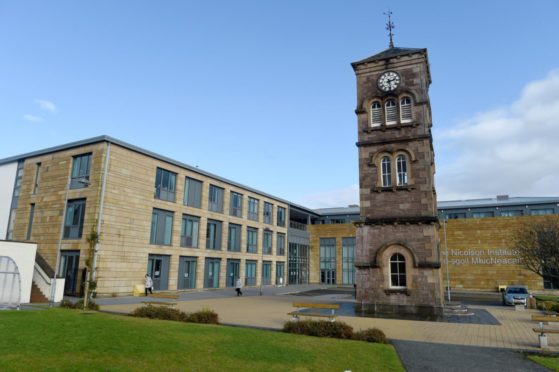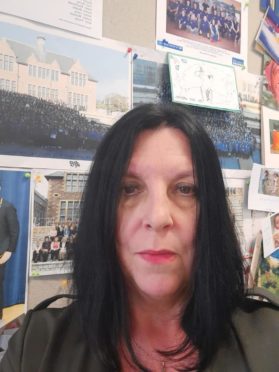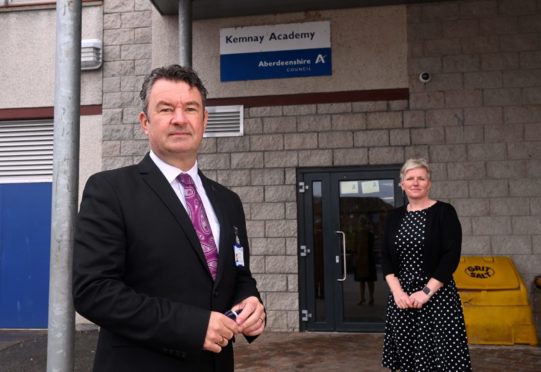Virtual school tours are helping children in the north and north-east move on with their education.
Whether pupils are starting primary one or making the giant leap to first-year, educators are embracing technology to help make the transition during the pandemic a little easier.
Traditionally children have been able to visit the school they will be joining to get a taste and feel for the next part of their learning journey.
Those moving up from primary seven to first year can visit in small groups and these visits can be supplemented by virtual visits and other online resources.
Last year, most young people moving up had online transitions.
But school chiefs are using a mixed approach for the class of 2021 and beyond as they began to step up the transition for pupils starting school during the pandemic.
In Aberdeen, for example, youngsters have been able to see their new school albeit through a computer screen.
Quieter times used to introduce children to island school
Dr Frances Murray, who has been the headteacher of the Nicolson Institute in Stornoway for a decade, said they have using quieter times in the school week to provide tours to new pupils.
She also said these are supplemented with a video tour they put together by the council last year
Dr Murray said: “Usually we’d have two days where the pupils could come and visit and experience the school but we have been unable to do that this year.
“We do have a slight advantage in that we finish at 1.15pm on a Friday so we use that time to give the primary sevens to get a tour of the school.
“There are a lot less people in school on a Friday afternoon so it is a good time to show them round. Some of the prefects stay back to help with the tours as well
“They have to follow the rules like using hand sanitiser, wearing face coverings and keeping windows open.
“It helps address any anxieties they might have about moving up to first year.
“Last year we also filmed a tour of the school with me as the guide and we have been sending that out alongside the visits.
“The video has also been useful for new members of staff to look at.”
Council using virtual tours to give youngsters a glimpse of new school
It uses a system called Thinglinks which means pupils can “walk” around the school from the comfort of their own homes.
The authority’s head of education Vincent Docherty said they are using a mix of different methods to help young people with their school transitions.
He said: “Aberdeenshire’s schools are using a variety of innovative ways to engage children and young people in transition activities, best suited to the needs of local communities and within Covid-19 guidelines.
“This includes sharing interactive graphics, maps and tours, video clips, photos and introductions to school life, sharing family learning activities so that parents and carers can play a central role in talking with their children about this special stage in their lives, and – where possible – enabling children and young people to enjoy visits to their new playground and/or classroom.”
Buddies, virtual classrooms and QR codes
The Northern Alliance regional improvement collaborative is embracing the use of digital technology.
The body, which is made up of Aberdeen, Aberdeenshire, Moray, Highland and the island councils, said using technology have made it “easier” for parents to be part of the transition process.
Audrey Buchanan, who is working with the Northern Alliance, said: “Digital approaches in many cases make it easier for parents and carers to participate in activities and we know that many schools begin their transition activities early to ensure young people have plenty of time to adjust.
“We are using research from the universities of Strathclyde and Dundee to inform our thinking and we have a ‘transition hub’ open to practitioners from all our council areas to share examples of what is working well.
“Examples include use of Thinglinks, virtual classrooms, QR codes for learners to scan to ask confidential questions, online sessions for parents and learners, outdoor visits and lots of peer-led activities too.
Some young people are enjoying the chance to develop new skills, with virtual opportunities to meet ‘buddies’ and examples of videos shared by younger learners asking questions with their older peers sending the answers back.”


